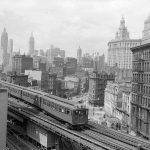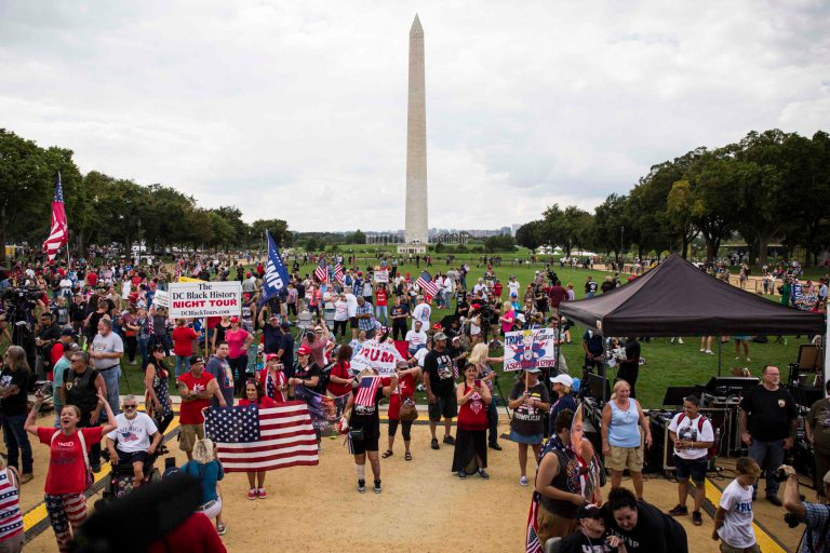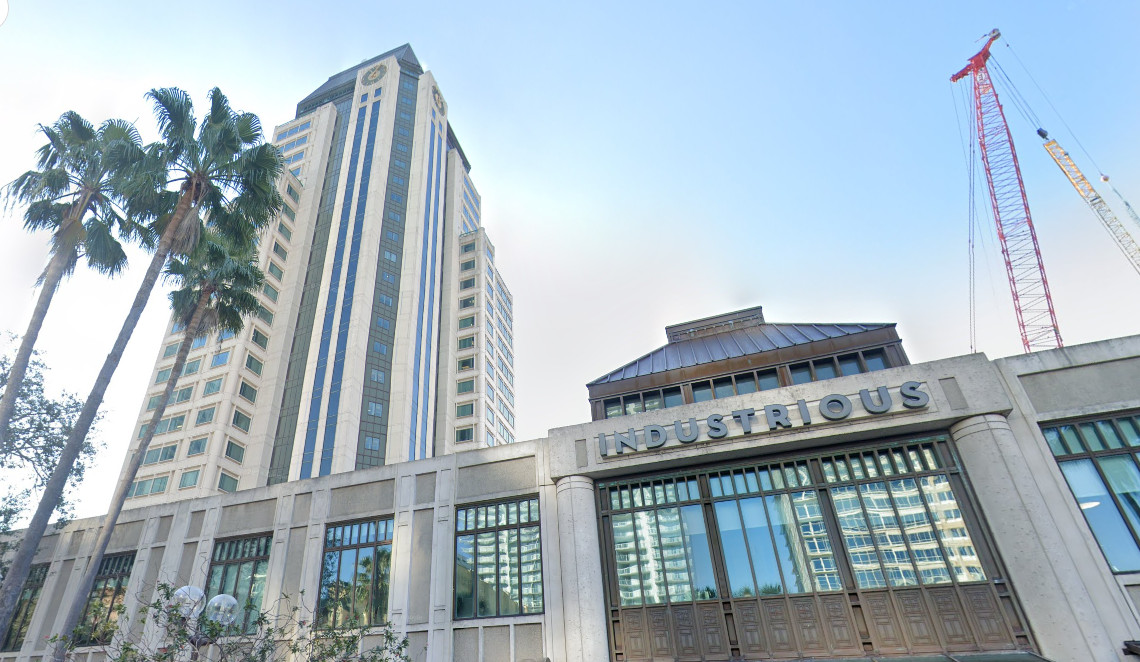WASHINGTON (ViaNews) – On September 16th, what is being called the “Mother of All Rallies” (MOAR) was held at the National Mall in the District of Columbia. The rally was founded and organized by Tommy Gunn, known as the Pissed Off American on social media. In several event videos, Gunn invites “all patriotic Americans” to join this non-partisan, pro-American rally.
Despite Gunn’s statement, rumors still swirled that a white supremacist rally was being held on September 16th at the National Mall, supposedly a reference to MOAR. In response, a counter-protest was formed under the banner “White Supremacist Out of Washington.” This protest was hosted by social justice groups Resist Here (resisthere.org), March (www.m4rj.com/mission/) for Racial Justice, and March to Confront (www.cville2dc.us).
On the counter protests event’s Facebook page, it is further explained exactly who the protests will be confronting and the purpose behind their march. One significant note on the explanation is that the term “far right” is initially used with “white supremacy” and “white supremacist” following it. Find the excerpt below:
“The far right is holding their biggest gathering since Charlottesville in Washington DC this Saturday — right on the National Mall. We are rallying together in Impeachment (Farragut) Square to show that we will no longer tolerate white supremacy, nor this white supremacist administration.
We demand White Supremacists OUT of Washington DC: out of office, and out of the streets.” (White Supremacist Out of Washington)
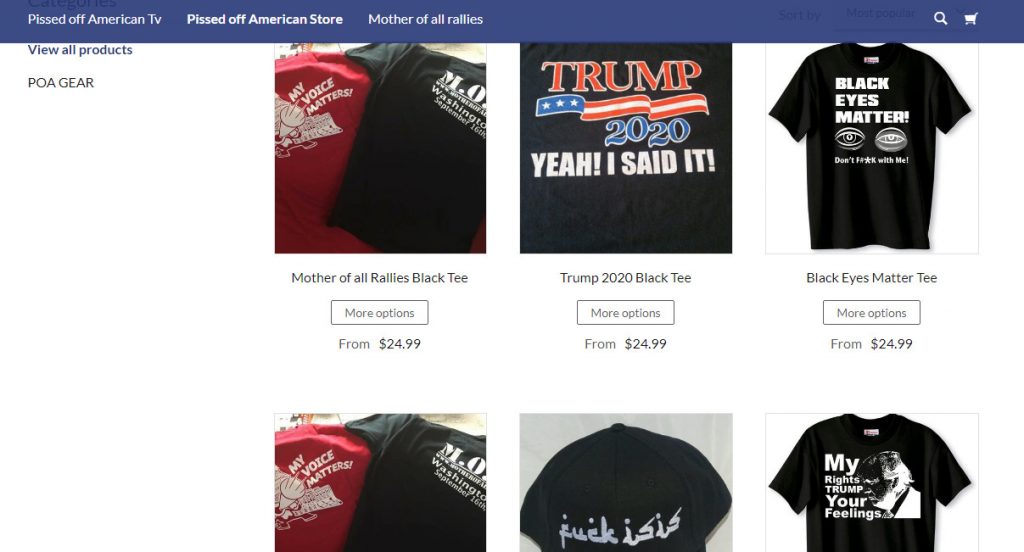
The definition and distinction of a “white supremacist” is what is being called into question. Based on the excerpt above, the hosts of “White Supremacists Out of Washington” see the “far right” and “white supremacist” as the same. In contrast, MOAR only defines themselves as patriotic and pro-American. However, their website contains pro-Trump imagery, Trump memorabilia in their shopping section, as well as “Black Eyes Matter” t-shirts–a play on words for the “Black Lives Matter” movement and arguably a direct contrast to what MOAR was said to not support.
Considering these confusing messages and the recent events in Charlottesville, Virginia, it is safe to say many expected the September 16th protests to turn violent. Yet the event was peaceful and “Black Lives Matter” (BLM) protestors were even invited to speak at MOAR, which they did.
Though the BLM protestors were sometimes met with “boos,” the fact they were given the stage to speak and did so is a strong comment on both groups’ part. This action also further confuses how terms like “far right,” “MOAR,” and “white supremacist” can be used interchangeably.
Though MOAR does not seem to hold any allegiance to white supremacy, their march rattled many Americans, particularly those who heard the rumor they were, in fact, white supremacist. This begs the question as to what a blatantly white supremacist rally in the country’s capital would have meant.
The last time a large, actively defined white supremacist group marched in D.C. was in 1925. The Ku Klux Klan (KKK) marched down Pennsylvania Avenue in a group of 25,000. They fully donned their white cloaks and hoods. At this point in history, the KKK was at the height of their power. Though marching in D.C. was not common, during this time KKK rallies in proud bravado were an expected occurrence, particularly in the south.
Since the march in 1925, America has come a long way in terms of racial justice and equality. Some would argue such change is apparent in the racial demographics of our country. Looking at D.C. alone, African-Americans made up the majority of the population at 47.7% according to the US 2016 Census. Progress since the twenties in racial justice has also been apparent in actions such as the desegregation of schools and public establishments.
Yet, since the 2016 presidential election of Trump, there has been an increase in the amount of racist, anti-Semitic, and Islamaphobic activity. This spike in bigotry has created feelings of unrest and uneasiness in many Americans. To many Americans, Trump’s election as a whole was viewed as a step back from progress with these hateful incidents only acting as more evidence to this sentiment.
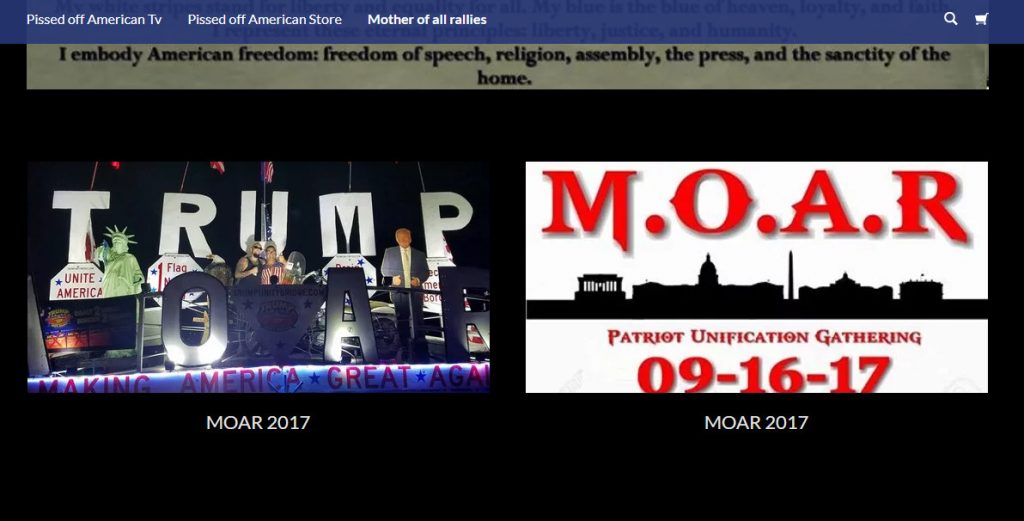
For those of the younger generation, who are often referred to as millennials, blatant displays of hate and bigotry are a shock to the system. Unlike their parents and grandparents, this generation was not raised during a time of overt racism. Whereas their predecessors grew up in a time when the use of the n-word by whites was common and interracial dating was a taboo, discrimination in the millennial generation has shrunk and taken the form of microaggressions.
Though America is obviously not post-racial, an openly white supremacist march in the country’s capital would have been a frightening declaration of the country’s racist standards that speak so strongly to the past. For white millennials accustomed to living among minorities and who have been taught that racism and hate are wrong, this would have been a direct counter to their morality.
For minorities, such a march would have meant a forced step backward into the past, a confident statement of their value compared to the white majority, and a culmination of the microaggressions into macro. What once they thought as history would have become the present and, most disturbingly, a foreseeable future.
However, on September 16th, there was not a blatantly white supremacist march. On September 16th, violence did not erupt as it did in Charlottesville which was reminiscent of the violence from the Civil Rights era. Instead, what happened was the peaceful collision of two opposing groups with opposing beliefs and values. Whether much familiar ground was found between the two groups is debatable. What will really matter is how history will depict these events.
While years from now history will remember what happened in D.C., in order to prevent progress from moving backward, it is also significant to remember what could have happened in D.C.




